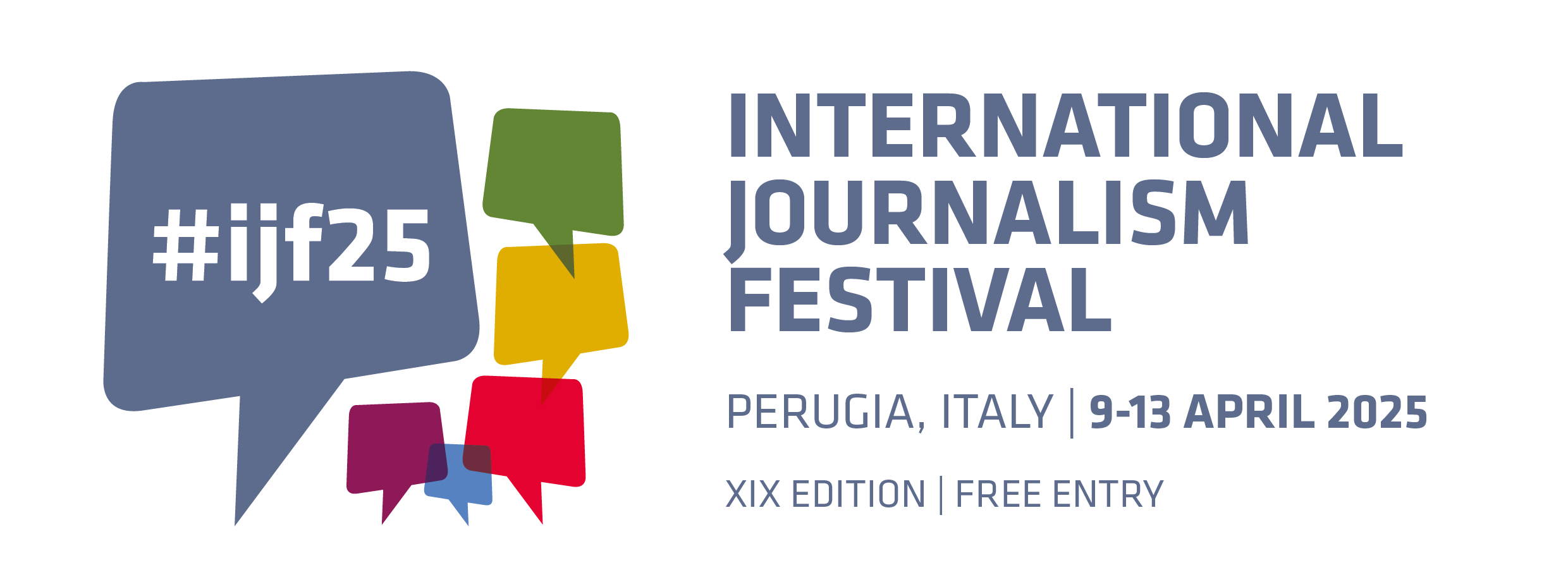With the still growing amount of journalists using the web as a news platform, France reinvents itself. Over the last couple of years several French journalists started new ways of combining and presenting the news online resulting in successfully media platforms for the public to discover. Sunday’s panel discussion brought together several of these entrepreneurs who took the step of creating something new in a country led by strong traditional newspapers.
The discussion was introduced and moderated by Andrea Paracchini, journalist at Altermondes, first explaining the reason why these panellists have been asked to attend this day’s event: “It’s interesting to see that there’s not just something happening across the Atantic. These speakers have each shown how to establish companies with new ideas and structures that have proven not to be very common online features in journalism.”
David Servenay, co-founder of La Revue Dessinée, introduced his magazine two years ago, after which soon a digital version was also launched. Through the already long existing tradition of cartoons in France the magazine adds a new voice to different news topics. Servenay describes how his organisation reports the news through cartoons in 5 steps:
– The drawing: to create a social understanding of the world
– The included text (balloons): positive of illustrative text
– Dialogue: contributes to the narrative
– Abstraction: make an outline of the whole (complex) picture with a diagram
– Imagination: the poetry involved
In the two years that Last Revue Dessinée now exists 18,000 copies have been sold among 4,000 subscribers. Among those readers one-third originates from Paris, 12% are living abroad and 10% is distributed at public institutions.
The initiative presented new possibilities for young journalists who have interesting stories that they want to tell through a cartoon. La Revue Dessinée offers these young writers the help they need while pairing them up with the right cartoonist.
The second panellist is David Eloy, the co-founder and editor of Altermondes, a magazine that covers current affairs and topics that are forgotten in the International media press. “It describes what is going on in the less well known parts of the world,” he says, “additionally we care to know what our role, as a medium, is and should be in today’s society.”
The magazine, and it’s just launched website, are controlled by a group of shareholders containing of employees, media professionals, companies and their readers. Worldwide it has been distributed 8,000 times, mainly targeted for French-speaking subscribers between 40-50 years old.
Eloy says not to aim for the highest figures in the business: “We don’t want to replace the big news distributors but our aim is to have a positive editorial position that can offer more insight to certain topics.”
Most notably was the absence of Edwy Plenel, editor-in-chief at Mediapart, during the panel discussion. The website was however soon represented by Mathieu Magnaudeix, a journalist who works at the same French online news platform, who gave the audience a brief summary of the website’s significance. “The popularity of Mediapart lies with three main pillars: a leading figure, the institution of the public and a fair amount of investigative journalism.”
Mediapart launched its online news platform in 2008 after which 15,000 readers completed a subscription to the website.
Though the editors bring their audience a traditional layout with articles, it is the length of the pieces that stands out. “We don’t have any money to invest in data journalism,” says Magnaudeix, “as we are not doing any news reporting, we try to find different angles that can’t be found anywhere else.”
Anneloes Viskil

